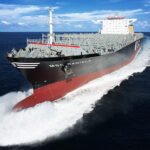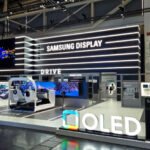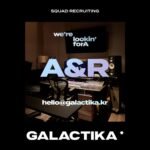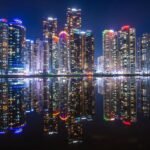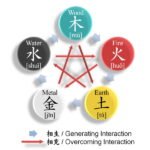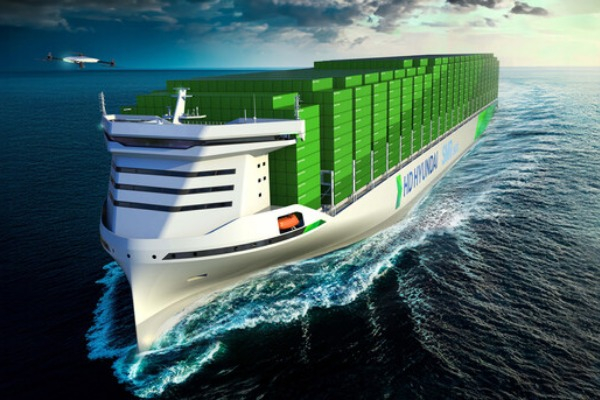
HD Korea Shipbuilding & Offshore Engineering Co. (HD KSOE), the parent of the world’s largest shipbuilder HD Hyundai Heavy Industries Co., has unveiled its first nuclear-propelled container ship model, which could be a game changer in the carbon-zero shipping industry.
HD KSOE, an intermediary shipbuilding holding company of HD Hyundai Co., introduced the design model of a small modular reactor (SMR)-powered container ship with a capacity of 15,000 twenty-foot equivalent units (TEU) at the New Nuclear for Maritime Houston Summit in Houston, TX, on Wednesday.
The ship has won approval in principle (AIP), a certificate of the feasible novel design of a marine vessel or technology concept meeting ABS rules, from the American Bureau of Shipping (ABS), said the Korean shipbuilder.
Because nuclear-powered vessels do not require engine exhaust systems or fuel tanks, the nuclear-powered ship designed by HD KSOE offers more space than conventional ships with a large occupied engine room.
The ship is also protected by a marine radiation shielding system using a double-tank method with stainless steel to ensure safety, according to the company.
The SMR-propelled ship also boasts 5% higher thermal efficiency than existing steam-based propulsion systems thanks to a supercritical carbon dioxide-based propulsion system jointly developed with global energy technology company Baker Hughes.
GAME CHANGER
Expectations are high that nuclear-powered vessels would be a trailblazer in marine transportation amid growing pressure to reduce greenhouse gases.
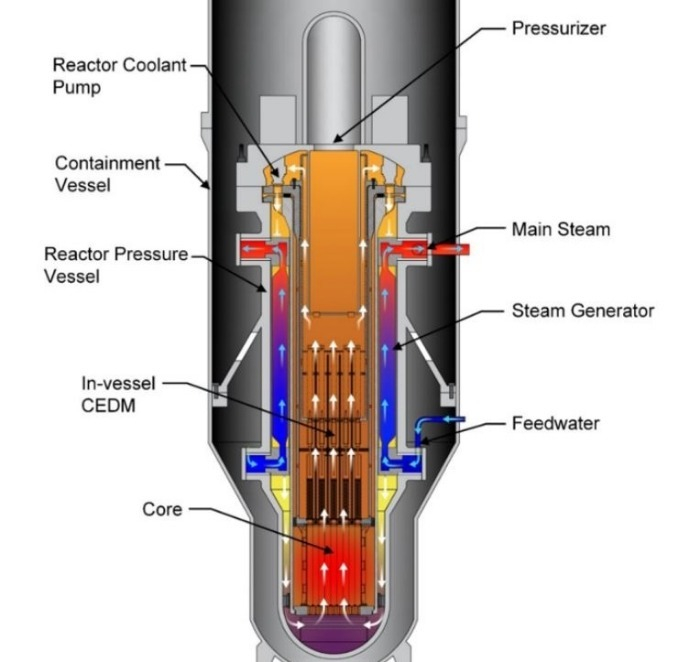
The sea shipping industry is responsible for about 3% of the global carbon emissions caused by human activities, according to the European Commission.
In 2023, the International Maritime Organization (IMO), the global regulatory body of shipping, set a target to achieve net-zero emissions in the shipping industry by 2050.
Under the stricter carbon-free rules, ocean carriers are expected to operate more environment-friendly ships powered by low-carbon fuels like liquefied natural gas (LNG) and blue hydrogen.
Of green marine fuel options, nuclear power, especially SMR, has emerged as a cleaner alternative propulsion force, which can also extend a vessel’s life cycle and operation without refueling.
SMR technology is still in its early development stage with many pending technology, regulatory and safety issues but it is considered safer and cleaner than existing large nuclear power plants.
Once the SMR technology matures, SMR-powered ships are expected to pave the way for a more efficient and eco-friendly shipping era.
“Nuclear-powered vessels can be a game-changer in the current shipbuilding market, where carbon neutrality is emerging,” said Patrick Ryan, chief technology officer of ABS.
GLOBAL SMR ALLIES

Head of HD KSOE’s Green Energy Research Lab Park Sangmin also said, “Starting with the land-based SMR reactor manufacturing project, we aim to develop a marine nuclear business model by 2030.”
HD KSOE has been working with a US nuclear power startup TerraPower to advance into the carbon-free energy market.
Founded by Bill Gates in 2008, TerraPower designs and develops nuclear reactors and bets big on SMRs as the next-generation energy source.
In 2022, HD KSOE invested $30 million in TerraPower.
Since then, the Korean partner has been seeking to expand its presence in the offshore nuclear power generation and nuclear-powered ship construction businesses with the US SMR developer.
In 2024, it commenced joint research and development with TerraPower and UK nuclear technology company Core Power to commercialize molten salt reactors (MSRs) and load them aboard ships by 2035 to supply energy offshore.
An MSR is a fourth-generation, salt-based nuclear reactor suitable for marine energy applications.
By Hyung-Kyu Kim
khk@hankyung.com
Sookyung Seo edited this article.




